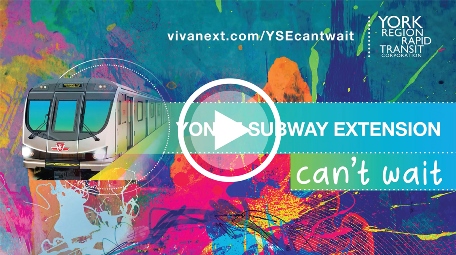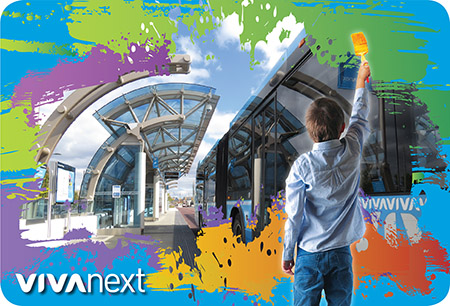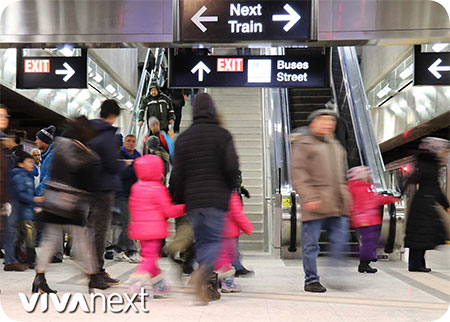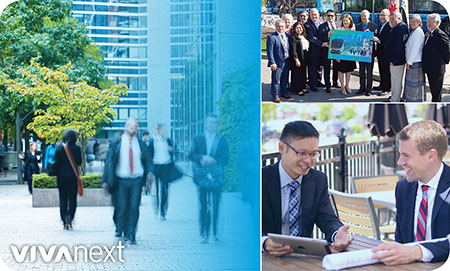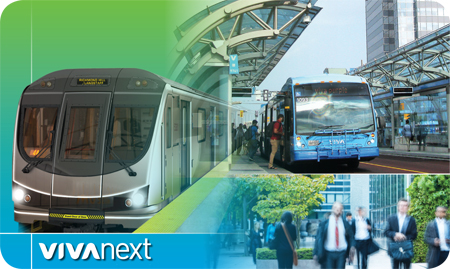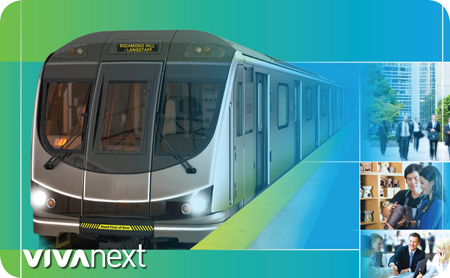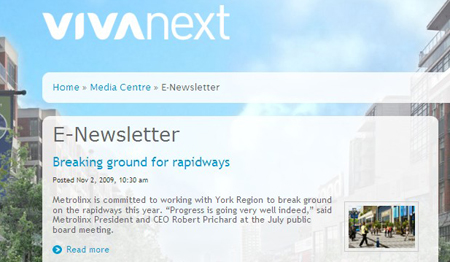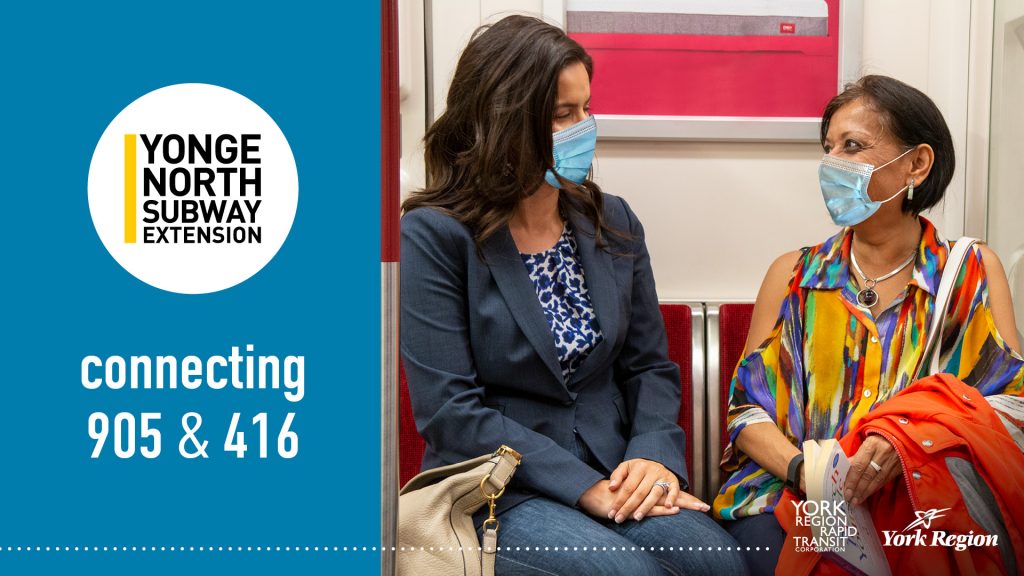
The expression “where there is a will, there is a way” might as well be talking about the Yonge North Subway Extension [YNSE], because this project has been York Region’s top transit priority for two decades. Here at YRRTC, we were thrilled to hear the announcement last month that the Government of Canada is contributing 40% of the YNSE, as part of a larger investment for four GTA transit projects.
The YRRTC Board, led by Board Chair and Markham Mayor, Frank Scarpitti, and Chairman and CEO of York Region, Wayne Emmerson have championed this project, most recently collecting signatures on symbolic shovels, and ensuring the 905 & 416 voices were heard at the federal table with respect to this critically important piece of infrastructure.
We’re happy to see that the federal government recognizes the fact that the YNSE and other transit systems are key economic drivers, generating hundreds of thousands of jobs and billions in economic benefits, starting from the planning stage all the way through construction and operation.
Here at YRRTC, we’ve spent years advocating for the YNSE as well as other rapid transit needed to accommodate York Region’s future growth. We know there are many more steps ahead to get this subway planned, designed, and built. Big subway projects like this can take 10 years to construct, and in this case every level of government is involved, and the project crosses regional and municipal boundaries. There is a will to build the YNSE though, and with the recent Provincial, Federal and Municipal funding commitments, now there is a way.
One day in the not-so-distant future, we’ll be celebrating the first subway ride along the Yonge North Subway Extension. Until then, there is lots of work to do to plan and design a subway project that works for everyone.
Metrolinx is the project manager for the YNSE and provides information at metrolinx.com. Find other related YNSE materials on YRRTC’s website, vivanext.com/YongeSubwayExt.

